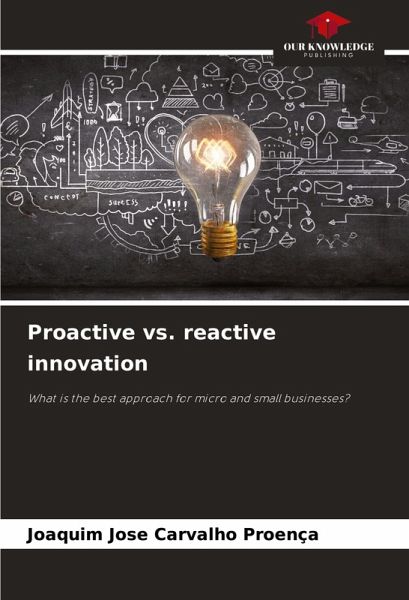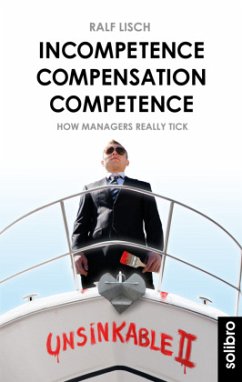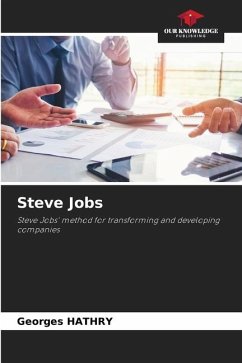
Proactive vs. reactive innovation
What is the best approach for micro and small businesses?
Versandkostenfrei!
Versandfertig in 6-10 Tagen
29,99 €
inkl. MwSt.

PAYBACK Punkte
15 °P sammeln!
The objective of this research is to determine which innovation approach, proactive or reactive, has better results in the competitiveness of micro and small enterprises. As a methodology, two innovation programs in Peru (Tacna Innova) and Colombia (Macondo Lab) were analyzed, each with a different approach: reactive, focused on problem solving, and proactive, based on opportunistic advantages. Both approaches to innovation have advantages and disadvantages. While the proactive approach can generate competitive anticipation and open new markets, it demands a more significant investment in rese...
The objective of this research is to determine which innovation approach, proactive or reactive, has better results in the competitiveness of micro and small enterprises. As a methodology, two innovation programs in Peru (Tacna Innova) and Colombia (Macondo Lab) were analyzed, each with a different approach: reactive, focused on problem solving, and proactive, based on opportunistic advantages. Both approaches to innovation have advantages and disadvantages. While the proactive approach can generate competitive anticipation and open new markets, it demands a more significant investment in research and development. On the other hand, the reactive approach can be profitable in the short term, but limit innovation capacity in the long term. In conclusion, the choice of the right orientation depends on the strategy, objectives and resources of each company. Those seeking sustainable growth should consider integrating both approaches.














